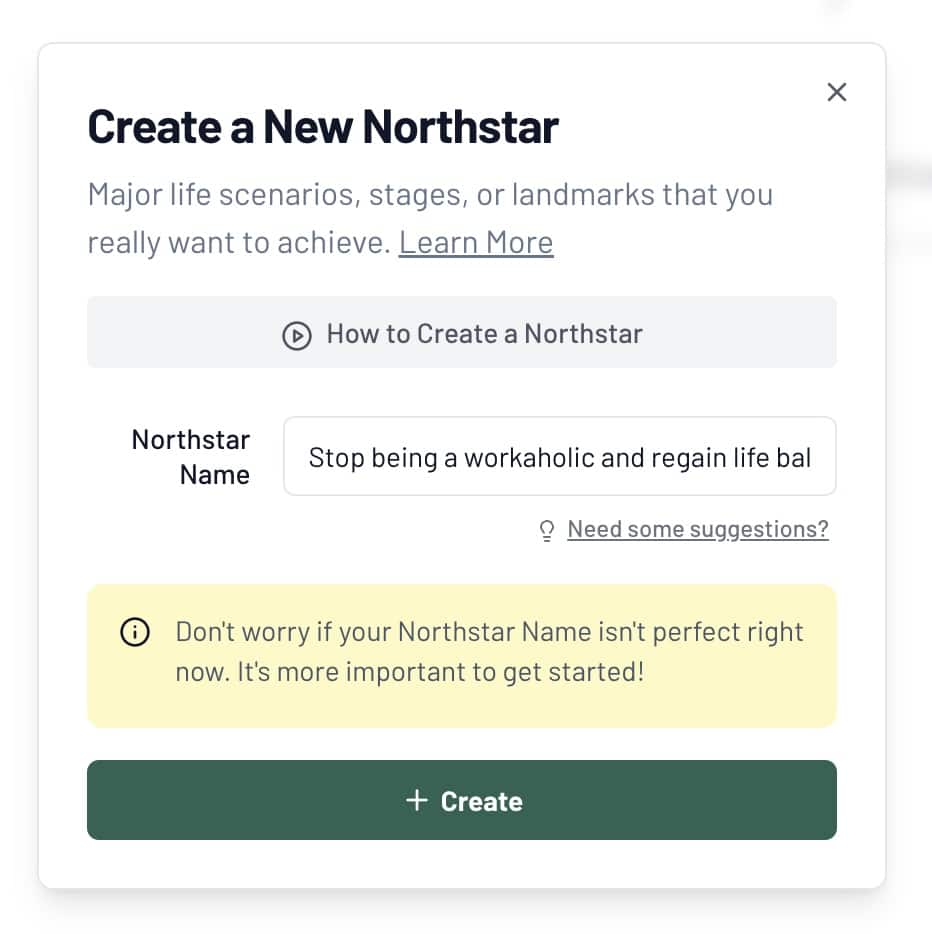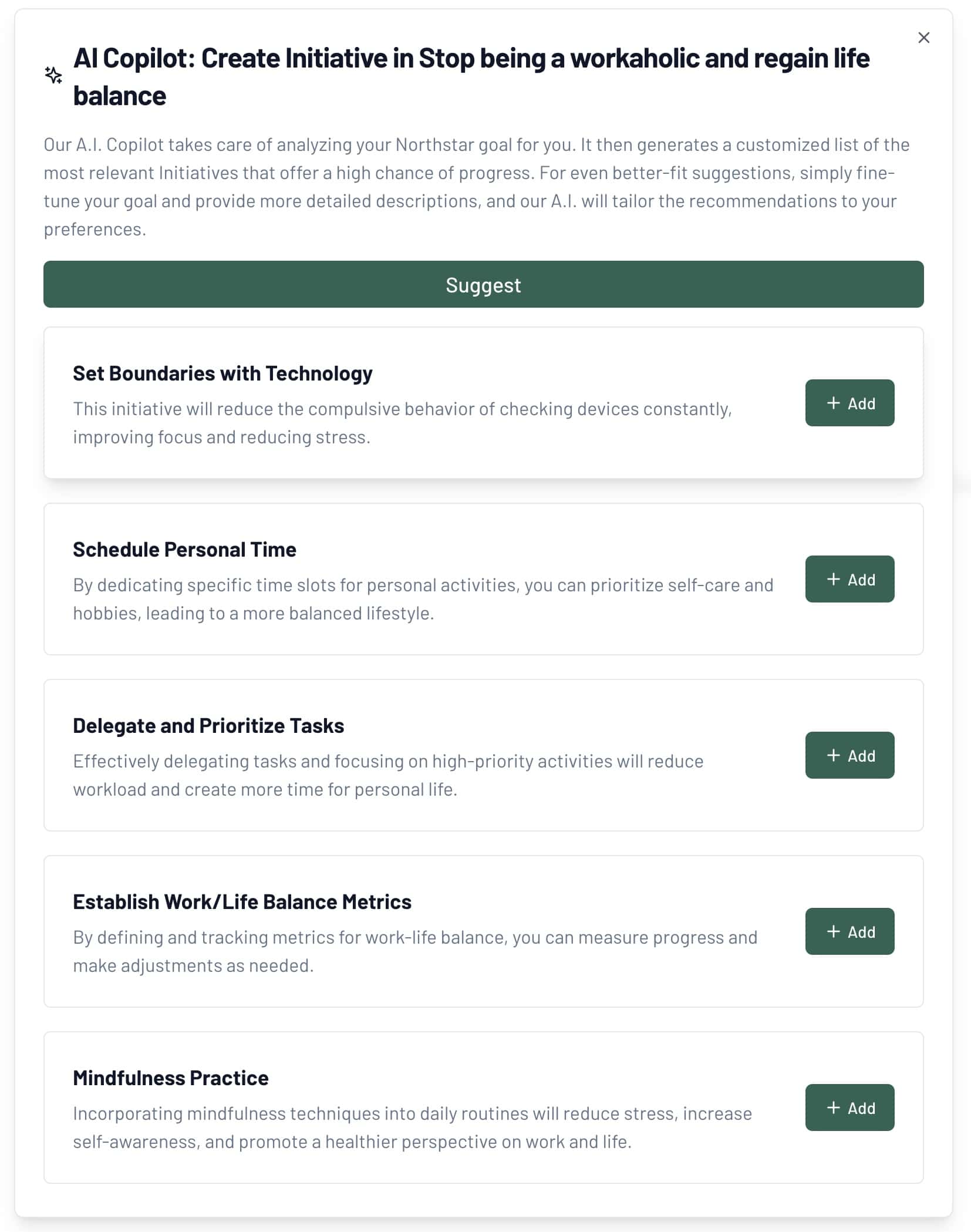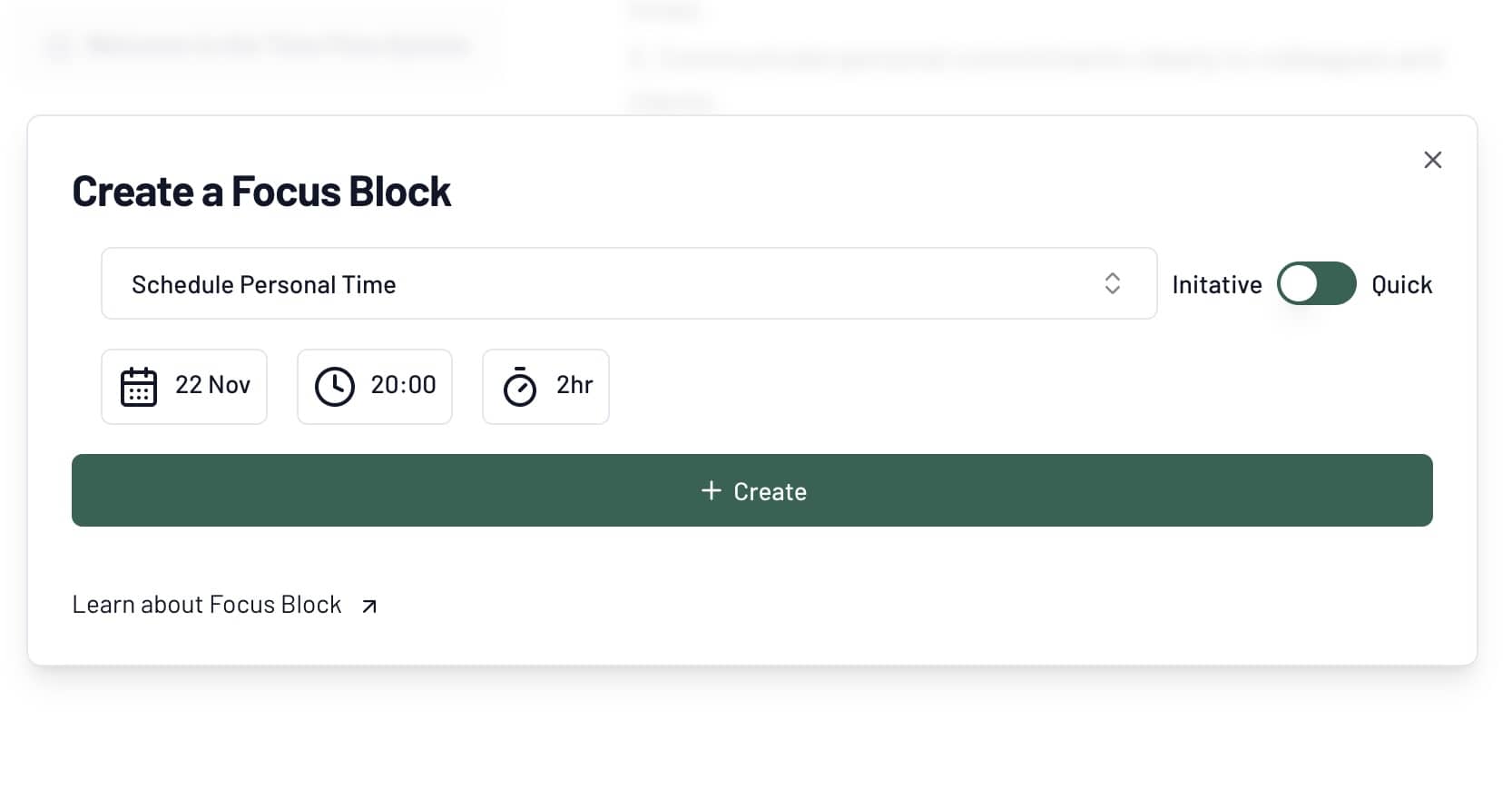The term ‘workaholic’ is often casually thrown around, but its prevalence is startling. A study[1] involving 2,000 employed Americans revealed that nearly half (48%) consider themselves workaholics. Interestingly, only a minority of them, about 28%, work excessively out of financial necessity. This trend isn’t confined to America alone. In the UK, 64% of employees admit to working on their days off, reflecting a similar pattern of work addiction.
Becoming a workaholic often isn’t a conscious decision. It’s unlikely that people set out aiming to be consumed by work. Even for those who see it as a side effect of success, the reality is stark: workaholism can strip away the joy and rewards of hard-earned achievements. The relentless work schedule leaves little room for personal enjoyment, impacting family life, health, and personal relationships.
At its core, workaholism is less about the fruits of labor and more about the labor itself. It’s an addiction, akin to alcoholism, where work becomes an end in itself, pursued even in the absence of logical reasons. The transition from being hard-working to a workaholic is often gradual and unnoticed, blurring the lines between healthy work commitment and unhealthy obsession.
This article aims to identify the signs of workaholism and provide strategies for finding a healthier work-life balance.
Table of Contents
- Signs of a Workaholic
- 1. Obsession with Work
- 2. Strained Relationships
- 3. Vacation and Sick Leave Avoidance
- 4. Difficulty in Delegating
- 5. Work Over Everything
- 6. Blending Work with Social Activities
- 7. Loss of Identity Beyond Work
- 8. Skipping Breaks Regularly
- 9. Perfectionism Without Satisfaction
- 10. Physical and Mental Health Issues
- 11. Denial of the Problem
- How to Break a Workaholic Habit And Regain Your Life Balance
- Final Thoughts
Signs of a Workaholic
Recognizing workaholism isn’t always straightforward. The Bergen Work Addiction Scale (BWAS),[2] developed to measure workaholism, can be a helpful tool.
This scale defines workaholism as an uncontrollable need to work incessantly. It uses a five-point response format to score, ranging from 1 (never) to 5 (always). A higher score suggests a greater risk of work addiction.
To better understand if you might be addicted to work, consider these questions derived from the BWAS:
- Late Hours at Work: Do you often find yourself staying late at work, beyond your scheduled hours?
- Sacrificing Personal Time: Are you regularly sacrificing free time or altering personal plans to complete work tasks?
- Preoccupied with Work: Even during personal time, do thoughts of work dominate your mind?
- Work-Life Conflict: Does your work schedule frequently conflict with family and social commitments?
- Anxiety in Absence of Work: Do you feel uneasy or anxious when you’re not working?
- Others’ Perception: Have people around you pointed out your excessive work habits?
- Stress from Incompletion: Does being prevented from working, even for valid reasons, cause you stress?
- Health Impact: Has your intense work schedule started affecting your health negatively?
- Working to Escape Negative Feelings: Are you using work as a way to alleviate feelings of guilt, anxiety, or depression?
Reflect on these questions honestly.
If your responses are predominantly ‘always’ or ‘often’, especially to more than four questions, it’s a strong indication that your dedication to work has crossed into workaholism.
This level of work engagement goes beyond being a driven, ambitious employee, and it’s essential to acknowledge this to seek a healthier balance.
Workaholism is a complex issue, often misunderstood and overlooked. To better understand this condition, let’s delve into some critical aspects of workaholic behavior:
1. Obsession with Work
For workaholics, work consumes their thoughts constantly.
It becomes a topic of discussion in inappropriate settings and occupies their mind even during supposed relaxation times, such as family dinners or intimate moments.
2. Strained Relationships
Workaholics often struggle with forming close relationships. Their obsession with work leaves little room for social interactions, turning many into loners.
If your social circle is primarily work-related, it might be a sign of workaholism.
3. Vacation and Sick Leave Avoidance
Workaholics feel uneasy taking vacations, fearing backlog or mistakes in their absence. If they do take time off, it’s often work-laden.
Similarly, they might work through illness, compromising their health and others’.
4. Difficulty in Delegating
Workaholics believe that only they can perform their work correctly, leading to excessive control and overworking. This mindset can render their team’s role insignificant, fostering an unproductive work environment.
5. Work Over Everything
Workaholics consistently prioritize work over other important aspects of life, including family events and personal commitments, often resorting to excuses to justify their absence.
6. Blending Work with Social Activities
Social events for workaholics are often avenues for work-related networking. Activities like golf may be used primarily for business purposes, with every gathering seen as an opportunity for work advancement.
7. Loss of Identity Beyond Work
Workaholics’ identity becomes synonymous with their work.
Their self-worth and existence are deeply intertwined with their professional achievements, making the prospect of not working unbearable.
8. Skipping Breaks Regularly
Workaholics tend to work through lunch, believing it increases productivity. However, regular breaks are essential for mental rejuvenation and overall efficiency.
9. Perfectionism Without Satisfaction
Workaholics often struggle to recognize achievements, theirs or others’. This constant pursuit of perfection leads to dissatisfaction, regardless of the success achieved.
10. Physical and Mental Health Issues
Serious workaholism can lead to significant health problems, including increased risk of burnout, heart issues, and diabetes. Chronic headaches, fatigue, and a weakened immune system are common.
11. Denial of the Problem
Like many addictions, workaholics often deny their problem, creating justifications for their behavior.
Modern technology facilitates this denial, allowing work to intrude into personal time more seamlessly.
Recognizing these signs in yourself or others is the first step towards addressing workaholism.
How to Break a Workaholic Habit And Regain Your Life Balance
If you’re struggling with workaholism and striving for a healthier work-life balance, here are practical steps to guide you on your journey to recovery:
1. Acknowledge and Commit to Change
Recognizing that you have a work addiction is the first crucial step. Commit to changing this pattern.
Visualize the benefits: less stress, improved relationships, and better rest. This commitment is your foundation for change.
2. Communicate with Your Employer
Initiate a candid conversation with your boss or manager. Discuss your work habits and their impact on your work-life balance.
A supportive employer can help you prioritize tasks, ensure you take regular breaks, and distribute workloads fairly, reducing the pressure on you.
3. Establish Boundaries
Implementing boundaries is essential for recovery. Commit to leaving work on time and dedicating your off-hours to personal interests and relaxation.
Enlist a trusted friend or family member as your accountability partner.
Schedule your work hours and leisure time, using tools like the Time Flow System to create ‘Focus Blocks’ that align with your goal of achieving balance.
Utilizing the Time Flow System:
North Star
Define your ultimate goal, such as ‘Stop being a workaholic and live a balanced life every day.’
Initiatives
Develop actionable plans that align with your North Star. Regularly reassess and adapt these initiatives to ensure they remain relevant to your goal.
Even if you struggle to break down your North Star into Initiatives, the in-app AI co-pilot can help. For example, these are the Initiatives generated by AI:
Focus Blocks
Allocate specific actions and time commitments to each initiative. This structured approach helps in efficient execution and maintaining focus.
Want to try this out? Learn more about the Time Flow System here.
4. Embrace Time Off
Accustom yourself to utilizing your days off and vacations for rest and rejuvenation. Plan activities or trips that are relaxing and enjoyable, prioritizing rest above all.
5. Seek Professional Help
If you find these steps challenging, don’t hesitate to seek professional help.
Therapists or counselors can provide valuable insights and tools for managing workaholism. Cognitive behavioral therapy is an effective treatment for behavioral addictions, helping to address underlying issues such as obsessive-compulsive tendencies or perfectionism.
Additionally, consider support groups like Workaholics Anonymous. Similar to Alcoholics Anonymous, this organization offers resources and community support, viewing workaholism as a condition that requires comprehensive treatment.
By following these steps and seeking appropriate support, you can successfully navigate the path to overcoming workaholism and enjoy a more balanced and fulfilling life.
Final Thoughts
Being a diligent and committed professional doesn’t necessarily mean succumbing to workaholism. Achieving a healthy work-life balance is not only beneficial for your personal well-being but can also enhance your productivity and motivation at work.
By addressing workaholic tendencies and prioritizing your mental health and personal life, you’re likely to find that you become more effective and fulfilled in your professional role.
The goal is to work smart, not just hard, and to ensure that your job doesn’t overshadow the other vital aspects of your life.
Reference
| [1] | ^ | New York Post: Almost half of Americans consider themselves ‘workaholics’ |
| [2] | ^ | Scandinavian Journal of Psychology: Development of a work addiction scale |
















































